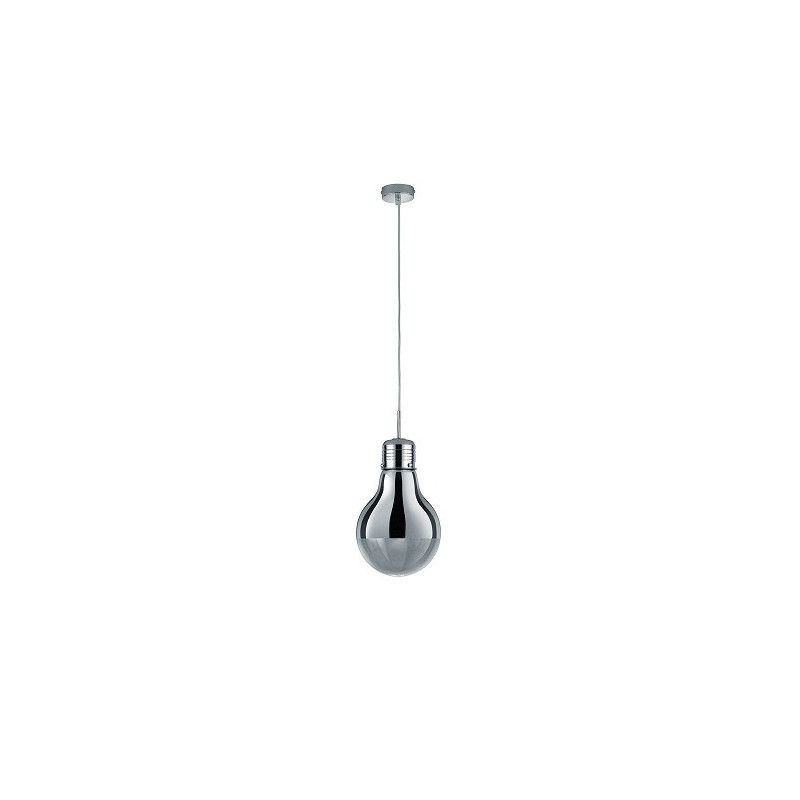

From there, toggle on Protect Mail Activity.

Tap on "Privacy Protection" and then toggle on "Protect Mail Activity." In macOS Monterey, open up Mail, go to the Mail Preferences, and then click on Privacy. If you're running one of these updates, you can turn it on in Settings > Mail.
#Edison mail chrome upgrade#
Mail Privacy Protection is not enabled by default, but Apple will highlight it as an option when you upgrade to iOS 15 or iPadOS 15. With iOS 15, iPadOS 15, and macOS Monterey, Apple is putting a stop to email tracking with a suite of Mail Privacy Protection features. Senders can see that you've opened an email get other information, such as your IP address. Tracking pixels are hidden graphics that you might not see in an email, but your email client loads them, allowing senders to gather data from you.

Much of this tracking is facilitated by remote images that load when viewing an email, and some of it is even sneakier, with advertisers using invisible tracking pixels.
#Edison mail chrome plus#
If you want to be able to use a mail app on your computer to manage your Gmail account or your Google calendar, it needs to be able to read and delete messages or appointments.īut you should make sure you trust the apps and developers that have such access to your accounts and that you are giving them only as much access as they need.Tracking when you've opened up an email and what you've read is something that many companies and advertisers rely on for their marketing efforts, plus there are email clients out there designed to let users know when the emails they've sent have been opened up.

Some apps require those kinds of permissions to do what you've asked them to do. In fact, according to a Google support page, these apps often "can see and change nearly all information in your Google Account."ĭevelopers whose apps have such access to your account can't change your password, delete your account, or use Google Pay on your behalf, but they can read your email - or have their employees do it. The "Third-party apps with account access" typically have access to much more than just your basic profile information. But some companies that use Google's apps in their workplaces also require their employees to use their Google login to sign in to other apps and services. You most likely gave the "Signing in with Google" apps permission to access such data because you wanted to use your Google login to sign into your accounts with them instead of having to create separate user accounts and passwords. But in some cases they may have access to more of your information - potentially a lot more, such as the ability to read and delete your email messages. But here's how the two other groups differ:Īpps in the "Signing in with Google" section have access to your name, email address, and profile picture. It's obvious what Google apps are - things like Chrome and Drive. The three groups are apps that allow for "Signing in with Google," "Third-party apps with account access," and "Google apps." Even if they are, Facebook's Cambridge Analytica scandal offers a worrisome example of how similar access to consumer data can be abused. Many consumers may not be aware that they've given apps such access to their accounts. It isn't clear how carefully Google is monitoring such uses. In fact, it's become a "common practice" for marketing companies to scan consumers' email, The Journal reported. The apps offer things such as price-comparison services or travel-itinerary planning, but the language in their service agreements allows them to view users' email as well. That ability was designed to allow developers to create apps that consumers could use to add events to their Google Calendars or to send messages from their Gmail accounts.īut marketing companies have created apps that take advantage of that access to get insights into consumers' behavior, according to the report.
#Edison mail chrome software#
Google has long allowed software developers the ability to access users' accounts as long as users gave them permission. In some cases, it's not just the developers' computers but their human employees who are reading Gmail users' messages, according to the report. While Google itself has stopped scanning Gmail users' email, some third-party developers have created apps that can access consumers' accounts and scan their messages for marketing purposes, according to a new report in The Wall Street Journal.


 0 kommentar(er)
0 kommentar(er)
